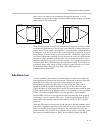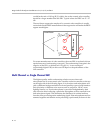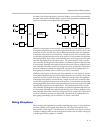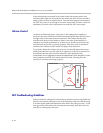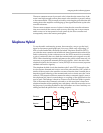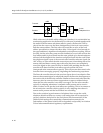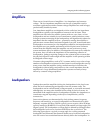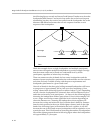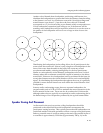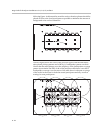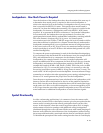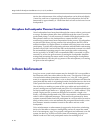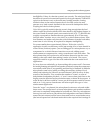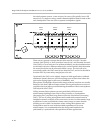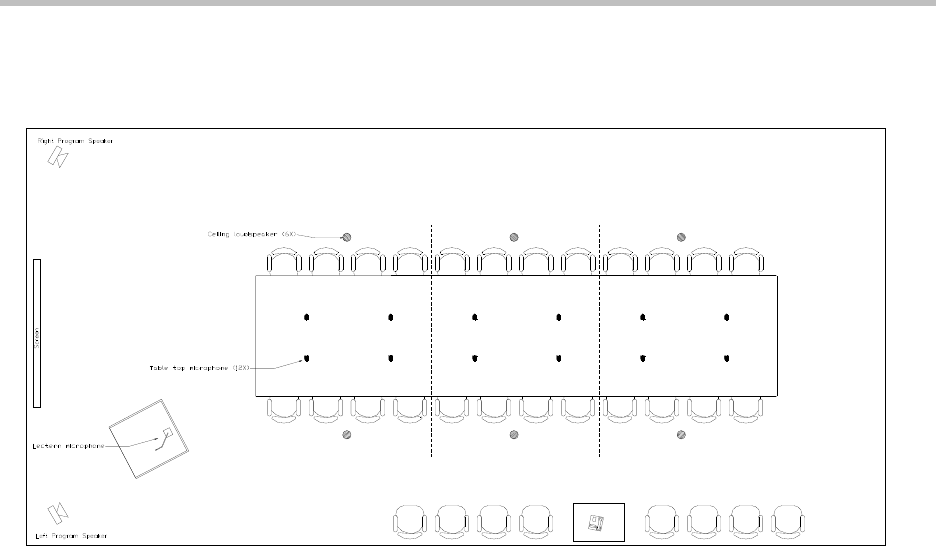
Design Guide for the Polycom SoundStructure C16, C12, C8, and SR12
B - 28
the reinforcement system - zones twice as far away will typically have 6 dB
more level). To support zoning, a multi-channel amplifier must be used so that
each loudspeaker zone can receive separate loudspeaker signals.
There are two general concepts that are often used in voice lift. Needed
Acoustic Gain (NAG) or "how loud does it need to be" and Potential Acoustic
Gain (PAG) or "how loud can it be without feedback" are the calculations that
can be done with a few different online tools, and will quickly help determine
the sound levels that can be tolerated within a room. For the room to be
acoustically stable, the NAG must be less than the PAG, and in fact should be
less than PAG by some safety margin just to be safe.
Occasionally the PAG can be slightly improved with equalization, feedback
eliminators (mostly these are just fast reacting narrow filters that reduce the
gain at the ringing signal at the onset of feedback), and
microphone/loudspeaker directionality improvements, but those are usually
limited to less than 6 dB total improvement. Placing microphones as close as
possible to the local talkers, and minimizing the number of active microphones
will help with NAG/PAG.
Ceiling mounted microphones present particularly difficult sound
reinforcement challenges due to their close proximity to loudspeakers
(decreasing PAG) and their long distance from the local talkers (increasing
NAG). The use of ceiling microphones and sound reinforcement must be
designed extremely carefully with conservative levels of reinforcement, large
separation of zones, and limited volume control range to ensure that the
resulting room is stable. In situations where ceiling microphones and
loudspeakers must be used with the added requirement of in-room
reinforcement, it is recommended that the design and installation be
performed by a professional who specializes in these applications.
Zone 1
Front
Zone 2
Middle
Zone 3
Rear



